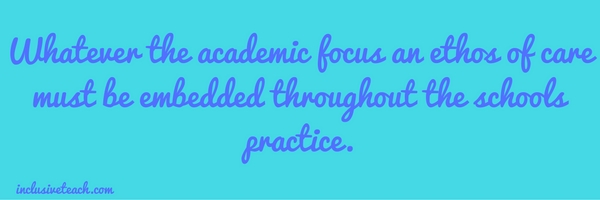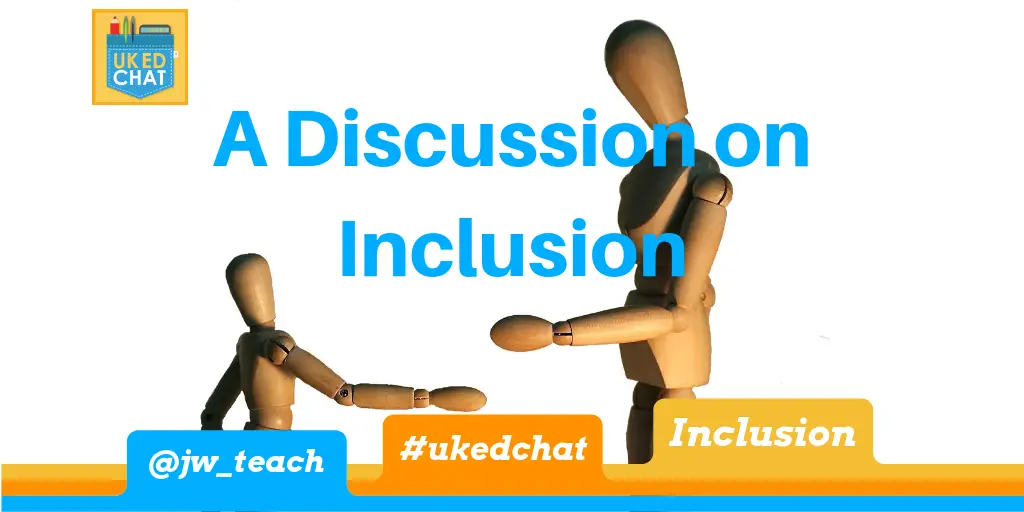Teacher Student Boundaries in SEN Education.
Why Boundaries are Important Between Teachers and Students
I have discussed on many occasions the importance of positive relationships when working with young people. Teacher student boundaries are essential for safeguarding and professional conduct. I work with vulnerable student groups, mainly autistic young people, and those who communicate and see the world differently. This relationship dynamic can shape their view of adult to adult and adult to child interactions for their entire lives. You have the responsibility for ensuring you have a positive impact throughout their time with you. This is especially vital for those who have experienced trauma in the past or display extreme challenging behaviour. Without trust and mutual understanding any teaching or behaviour strategies will fail.
In all settings it is now widely accepted that the quality of the teacher/student relationship affects outcomes (Davies et al 2015). However the nature of these relationships must vary according to setting. Lets not forget also that we are dealing with people and people are all different. They have different tolerances and styles of interactions. One area of education outside of EYFS where these boundaries will by necessity appear very different is SEN and alternative provision. It is here that the boundary dilemmas facing schools will be more important. Firstly elements of intimate care are involved and the student population is incredibly vulnerable. Systems for child protection must be robust and best possible practice. Expectations for staff professionalism must be extremely high and any poor practice immediately managed.

Developing a Respectful Teacher Student Relationship
An important aspect of teacher student relationship in specialised settings is care. Whatever the academic focus I would argue that an ethos of care must be embedded throughout the schools practice. Not care as in “looking after” but care meaning an in depth knowledge and the student’s needs and wellbeing. The teacher or staff member must be an advocate and communication partner as well as a tutor of skills and knowledge.
Traditional views of classroom management put the teacher in control of their class – thus exercising control over the students. Obedience is demanded or the teacher risks “losing control” which they may struggle to regain. Moskowitz & Hayman (1976 nice and up to date research on this blog!). However I would argue that in SEN what we don’t want to teach the students is that the teacher, adult, key-worker carer controls the situation. Vulnerable students should never be taught blind obedience to demands from adults. this is why we use behaviour support not behaviour management. We need to teach techniques that allow the young person (who will shortly be an adult) to control or manage themselves. To make decisions for themselves and be able to say “NO!” rather than do as they are told.
Boundaries Within A Caring Educational Relationship
This “Caring” relationship is expressed by Gomez et al (2004) as being composed of several different concepts that may or may not be familiar to teachers in all education settings the degree to which each concept is applied may vary but generally seemed to sum up what we do at my school “time, talking, sensitivity, respect, acting in the best interest of the other, being there, caring as feeling and doing, and reciprocity”.

So what does this mean for the SEN teacher? Where is the boundary? My students call me Joe all staff are known by first names and all students are referred to by name. This in itself has bemused some visitors from mainstream schools. We talk to each other about our interests and weekend activities. Linking back to that concept of reciprocity If i want them to tell me things I can’t model a closed book demanding answers. When does that happen in society at large and when it does what does it say about the balance of power in a relationship?
Ethical Considerations When Setting Teacher Student Boundaries.
There are ethical considerations as well Barnett et al., (2007) argue for gradations in boundaries, distinguishing between boundary crossings and boundary violations in these kinds of relationships. A particular issue is physical contact there are times when boundary crossings are in the best interest of the client, such as when an upset child needs a reassuring hug – a teacher cannot make this judgement without having a positive relationship with the student. You could argue it is not a teacher’s place to take this caring role. But please apply to work somewhere else if you do. This also brings up the hugely important point of consent especially for those that struggle to communicate. How can we model what is appropriate if we refuse to act in a way that is realistic or even humanistic.
They each have differentiated behaviour support plans that outline the behaviours we currently see and the strategies we are currently using. I add currently because our expectations of appropriate behaviour are not static. We want their behaviour to not limit their lives, but acknowledge that this is a long term goal. If anything linked to behaviour was as simple as some teachers/commentators make out then we wouldn’t need specialist provisions – the majority of our students have been permanently excluded in the past.
A lot of staff from alternative provisions or who work in special education will tell a similar story. In each case before the student is ready to learn we need to build up their trust in us as individuals, and the school as a whole. It is how we manage our relationship that will determine how successful this is.

References.
Davis, H. (2003) Conceptualizing the Role and Influence of Student–Teacher Relationships on Children’s Social and Cognitive Development. EDUCATIONAL PSYCHOLOGIST, 38(4), 207–234
Moskowitz, G.; Hayman Jr., J.L. (1976). “Success strategies of inner-city teachers: A year-long study”. Journal of Educational Research. 69 (8): 283–28
Teaching and Teacher Education 20(5):473-488
Williams, M.; Shultz, P. (2009). “Boundary dilemmas in teacher–student relationships: Struggling with “the line”” Article in Teaching and Teacher Education · July 2009
Gomez, M. L., Allen, A., & Clinton, K. (2004). Cultural models of care in teaching: a case study of one pre-service secondary teacher. Teaching and Teacher Education, 20, 473–488.






